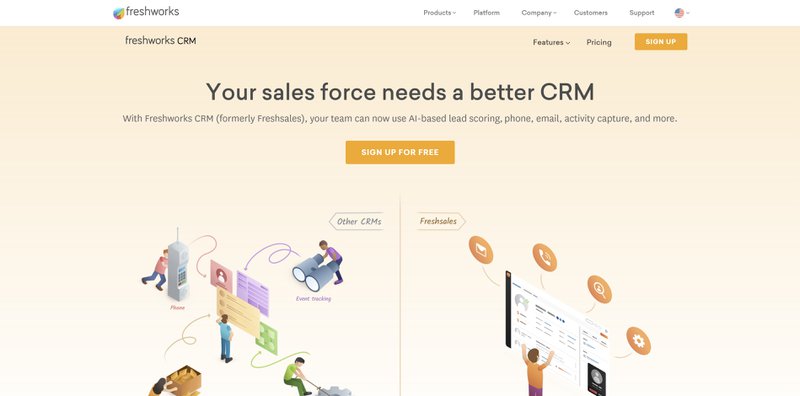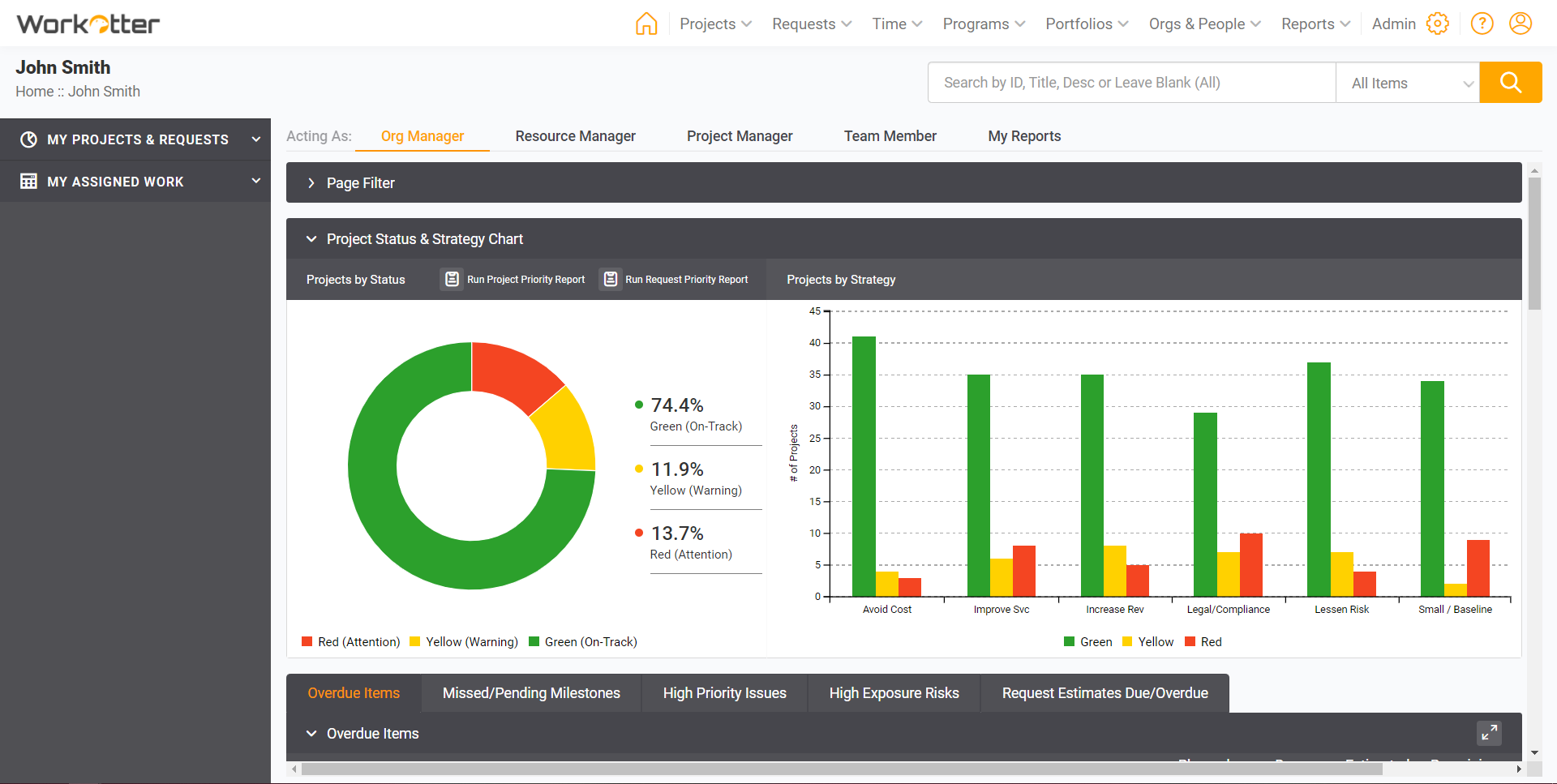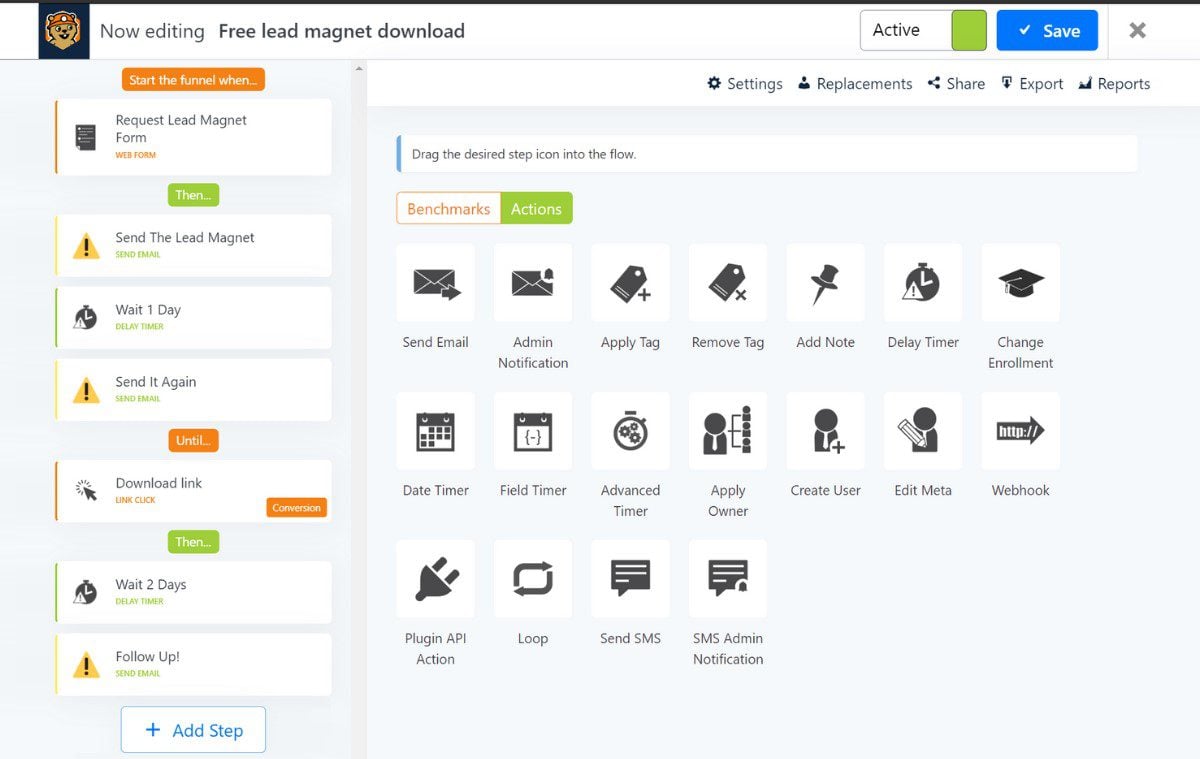Small Business CRM Security in 2025: A Comprehensive Guide
The year is 2025. Your small business is thriving. You’ve cultivated a loyal customer base, streamlined your operations, and are poised for continued growth. A significant part of your success hinges on your Customer Relationship Management (CRM) system. It’s the central nervous system of your business, holding crucial data: customer contact information, purchase history, communication logs, and much more. But what happens if this vital information is compromised? The consequences can be devastating, from financial loss and reputational damage to legal repercussions and, ultimately, the collapse of your hard-earned business. That’s why understanding small business CRM security in 2025 is not just important; it’s absolutely critical.
This comprehensive guide delves into the evolving landscape of CRM security, offering insights, strategies, and best practices tailored for small businesses like yours. We’ll explore the threats you’ll likely face, the technologies that will safeguard your data, and the proactive measures you can implement to stay ahead of the curve. Prepare to fortify your business and ensure a secure future in the digital age.
The Ever-Changing Threat Landscape
The threat landscape is constantly changing, and in 2025, it’s more complex than ever. Cybercriminals are becoming increasingly sophisticated, employing advanced techniques to breach systems and steal valuable data. Small businesses, often perceived as less secure than larger enterprises, are increasingly targeted. Here’s a look at some of the key threats you should be aware of:
1. Phishing and Social Engineering
Phishing attacks remain a persistent threat. Cybercriminals use deceptive emails, messages, and websites to trick employees into revealing sensitive information like login credentials or financial details. In 2025, these attacks are likely to be even more personalized and convincing, leveraging artificial intelligence (AI) to mimic legitimate communications. Social engineering, which involves manipulating individuals to gain access to systems or data, will also continue to evolve, utilizing sophisticated psychological tactics.
2. Ransomware Attacks
Ransomware, a type of malware that encrypts a victim’s data and demands a ransom for its release, continues to be a significant threat. In 2025, ransomware attacks are expected to become even more targeted and destructive, potentially leveraging AI to identify and exploit vulnerabilities in CRM systems. Cybercriminals may also target cloud-based CRM platforms, encrypting data stored in the cloud.
3. Data Breaches and Data Leaks
Data breaches, where unauthorized access to sensitive information occurs, are a constant concern. Data leaks, where sensitive information is unintentionally exposed, are also a significant risk. In 2025, data breaches can occur due to various factors, including vulnerabilities in CRM software, weak passwords, and insider threats (employees who intentionally or unintentionally compromise data). Data leaks can result from misconfigured cloud storage, accidental sharing of sensitive information, or inadequate data protection policies.
4. Supply Chain Attacks
Supply chain attacks involve targeting a business through its third-party vendors or suppliers. In 2025, cybercriminals may target the companies that provide your CRM software, hosting services, or other related services, potentially gaining access to your data through those channels. This underscores the importance of carefully vetting your vendors and ensuring they have robust security measures in place.
5. Insider Threats
Insider threats, whether malicious or unintentional, pose a significant risk. Employees or former employees with access to your CRM system could intentionally or unintentionally compromise your data. This could involve stealing customer information, deleting critical data, or sharing sensitive information with unauthorized parties. Robust access controls, employee training, and monitoring systems are crucial to mitigating insider threats.
Key Security Technologies for 2025
Fortunately, technological advancements offer powerful tools to combat these threats. Implementing the right security technologies is essential for protecting your CRM data. Here are some key technologies you should consider:
1. Multi-Factor Authentication (MFA)
MFA is a security measure that requires users to provide multiple forms of verification before accessing their accounts. This could include a password, a code sent to a mobile device, or biometric authentication (fingerprint or facial recognition). MFA significantly enhances security by making it much harder for unauthorized users to gain access, even if they have stolen a password.
2. Encryption
Encryption transforms data into an unreadable format, protecting it from unauthorized access. In 2025, encryption should be used for all sensitive data, both in transit (when data is being transmitted over a network) and at rest (when data is stored on servers or devices). End-to-end encryption, where data is encrypted from the sender to the recipient, is particularly important for protecting sensitive communications.
3. Intrusion Detection and Prevention Systems (IDPS)
IDPS monitor network traffic for suspicious activity and automatically block or alert administrators to potential threats. These systems use various techniques, including signature-based detection (identifying known threats) and anomaly-based detection (identifying unusual behavior). In 2025, AI-powered IDPS will be increasingly prevalent, enabling faster and more accurate threat detection.
4. Security Information and Event Management (SIEM)
SIEM systems collect and analyze security data from various sources, providing a centralized view of your security posture. They can identify potential threats, alert you to security incidents, and help you investigate security breaches. SIEM systems are essential for monitoring your CRM system and other critical IT infrastructure.
5. Data Loss Prevention (DLP)
DLP solutions prevent sensitive data from leaving your organization. They monitor data in transit, at rest, and in use, and can block or alert administrators to attempts to share sensitive information with unauthorized parties. DLP is crucial for preventing data leaks and ensuring compliance with data privacy regulations.
6. AI-Powered Security Solutions
AI is playing an increasingly important role in cybersecurity. AI-powered security solutions can automate threat detection, analyze vast amounts of data to identify patterns, and respond to security incidents in real-time. These solutions can enhance your security posture and free up your IT staff to focus on other critical tasks.
7. Cloud Security Posture Management (CSPM)
If your CRM system is cloud-based, CSPM tools are crucial. They continuously monitor your cloud environment, identify misconfigurations and vulnerabilities, and ensure your cloud resources are securely configured. CSPM helps prevent data breaches and ensures compliance with cloud security best practices.
Proactive Security Measures for Small Businesses
Implementing the right technologies is only part of the equation. You also need to adopt proactive security measures to minimize your risk. Here’s a look at key steps you can take:
1. Develop a Comprehensive Security Policy
A well-defined security policy should outline your organization’s security goals, procedures, and responsibilities. It should cover topics such as password management, data access controls, incident response, and employee training. The policy should be regularly reviewed and updated to reflect changes in the threat landscape and your business needs.
2. Implement Strong Access Controls
Limit access to your CRM system to only authorized personnel. Implement role-based access control (RBAC), which assigns different levels of access based on an employee’s job responsibilities. Use strong passwords and enforce MFA for all accounts. Regularly review user access permissions to ensure they are still appropriate.
3. Conduct Regular Security Audits and Vulnerability Assessments
Regularly assess your security posture to identify vulnerabilities and weaknesses. Conduct security audits to evaluate your security controls and ensure they are effective. Perform vulnerability assessments to identify potential vulnerabilities in your CRM system and other IT infrastructure. Address any identified vulnerabilities promptly.
4. Back Up Your Data Regularly
Data backups are essential for disaster recovery. Regularly back up your CRM data to a secure location, both on-site and off-site. Test your backups regularly to ensure they can be restored successfully. Consider implementing automated backup solutions to simplify the backup process.
5. Provide Employee Training
Employees are often the weakest link in security. Provide regular security awareness training to educate employees about the latest threats, phishing scams, and other security risks. Train employees on how to identify and report suspicious activity. Encourage employees to use strong passwords and follow security best practices.
6. Implement a Robust Incident Response Plan
Develop a plan for responding to security incidents. The plan should outline the steps you will take to contain the incident, investigate the cause, and recover from the attack. It should also include contact information for key personnel, such as your IT staff, legal counsel, and insurance provider. Practice your incident response plan regularly.
7. Choose a Secure CRM Provider
If you’re using a third-party CRM system, carefully vet your provider. Ensure they have robust security measures in place, including data encryption, MFA, and regular security audits. Review their security policies and compliance certifications. Consider the provider’s reputation and track record for security.
8. Stay Updated on Security Best Practices
The cybersecurity landscape is constantly evolving. Stay informed about the latest threats, vulnerabilities, and security best practices. Subscribe to security newsletters, attend industry conferences, and follow security experts on social media. Regularly review your security policies and procedures to ensure they are up-to-date.
9. Consider Cyber Insurance
Cyber insurance can help protect your business from the financial consequences of a cyberattack. Cyber insurance policies can cover expenses such as data recovery, legal fees, and business interruption. Evaluate your cyber insurance needs and choose a policy that provides adequate coverage.
10. Embrace Zero Trust Security
The Zero Trust security model assumes that no user or device, inside or outside the network, should be automatically trusted. All access requests are verified, and users are only granted the minimum necessary access. Implementing a Zero Trust approach can significantly enhance your security posture.
Future Trends in CRM Security
As we look ahead to 2025 and beyond, several trends will shape the future of CRM security:
1. Increased Automation
Automation will play an increasingly important role in security. AI-powered security solutions will automate many security tasks, such as threat detection, incident response, and vulnerability management. This will allow you to improve your security posture and reduce the burden on your IT staff.
2. Rise of Blockchain
Blockchain technology may be used to secure CRM data, providing an immutable record of transactions and protecting against data tampering. Blockchain can also be used to enhance data privacy and security.
3. Enhanced Data Privacy Regulations
Data privacy regulations, such as GDPR and CCPA, will continue to evolve and become more stringent. Businesses will need to prioritize data privacy and ensure compliance with these regulations. This includes implementing data minimization practices, obtaining consent for data collection, and providing individuals with control over their data.
4. Integration of Security and CRM
CRM systems will become more integrated with security solutions. This includes features such as built-in security dashboards, automated threat detection, and incident response capabilities. This integration will make it easier for businesses to manage their security and protect their CRM data.
5. Focus on User Education
User education will become even more critical. Businesses will need to provide ongoing security awareness training to employees, educating them about the latest threats and best practices. This will help to reduce the risk of human error and improve overall security.
Conclusion: Securing Your CRM, Securing Your Future
Securing your small business CRM in 2025 is not merely a technical necessity; it’s a strategic imperative. By understanding the evolving threat landscape, implementing robust security technologies, and adopting proactive security measures, you can protect your valuable data, maintain customer trust, and ensure the long-term success of your business. This is an ongoing process, not a one-time fix. Remain vigilant, stay informed, and continuously adapt your security strategies to meet the challenges of the digital age. Your future depends on it.
By taking the steps outlined in this guide, you’ll be well-prepared to navigate the complexities of CRM security in 2025 and beyond, safeguarding your data, your customers, and the future of your small business.


